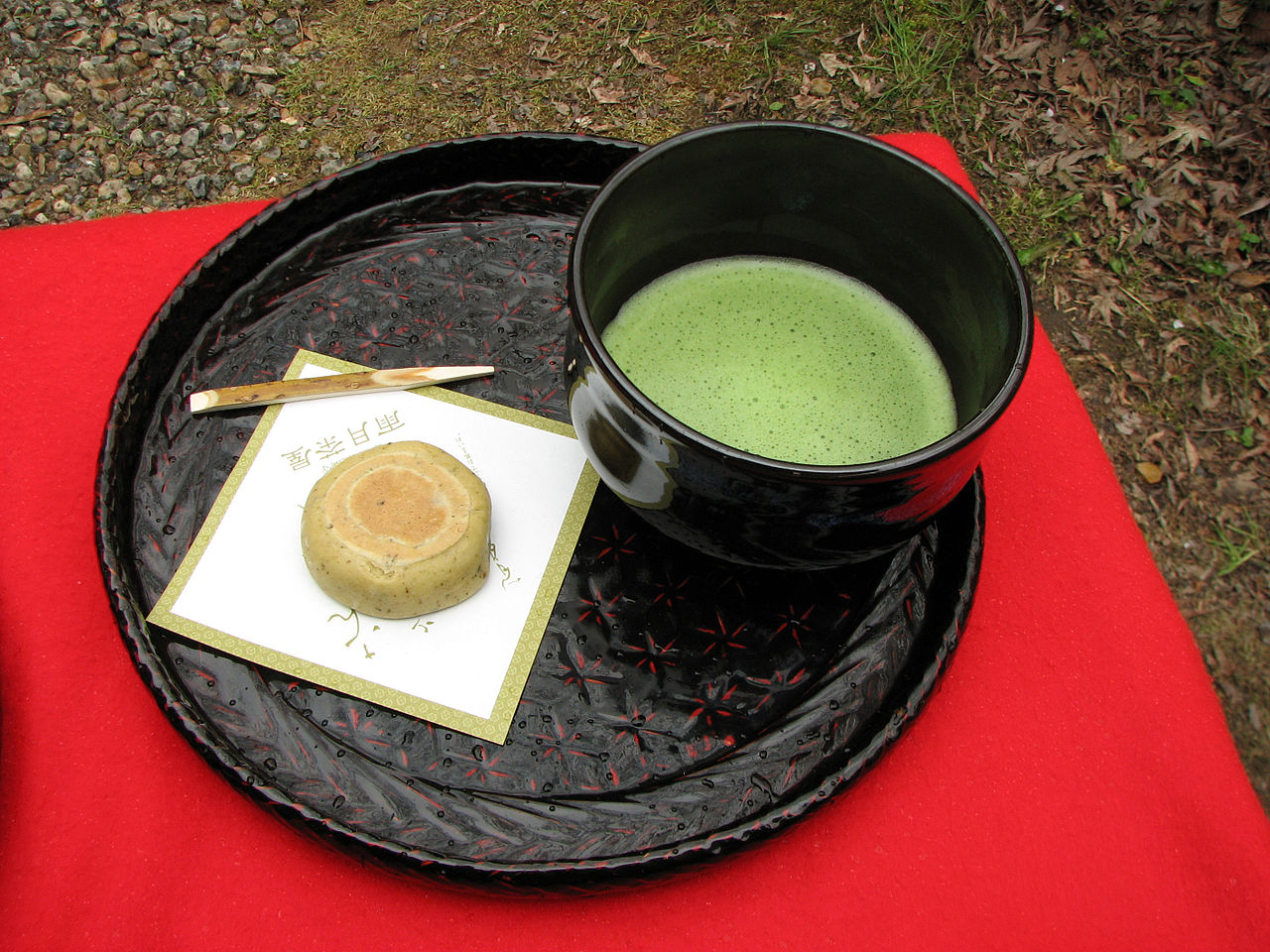By Sarah LeVesque, Recent Arizona State University Nutrition Student
My first experience with matcha was probably the same as many others: matcha ice cream. This mysterious green ice cream has such a uniquely grassy and sweet flavor, and I was instantly in love! I started noticing matcha pop up everywhere: matcha ice cream, lattes, tea, mochi, and even soba noodles. I kept hearing that matcha is good for you, too. But how is it different than the brewed green tea that most people are familiar with?

Matcha is made from the Camellia sinensis plant that is native to China. It’s the same plant that regular green tea comes from. The difference between matcha green tea and brewed green tea is the way the tea is grown. The tea bushes of what will be matcha is covered to prevent direct sunlight for 20-30 days prior to harvest. The process of protecting the leaves from direct sunlight helps increase chlorophyll levels and the production of amino acids. This turns the leaves darker green color.
To make it into the powder, the stems and veins are removed, and the leaves are stone-ground into a fine powder that we recognize as matcha. So, in a regular brewed green tea, the leaves are not consumed but steeped. In a matcha green tea, the leaves are consumed, offering more nutrients, caffeine, and antioxidants. It is a high-quality variety of green tea that offers a variety of health benefits.
Matcha is an excellent source of fiber, iron, vitamin C, and vitamin A.
Antioxidants
We hear certain foods are rich in antioxidants, and we’ve heard that they’re great for your body, but what exactly does an antioxidant do? Well, our bodies contain free radicals. Free radicals are molecules in our bodies that are unstable and electrically charged. Free radicals can react with other molecules, and even our DNA. These free radicals can turn other molecules into free radicals, also. They’re a part of our body’s natural function of metabolism. We can find antioxidants in almost all animal and plant foods, but they are found in higher amounts in fruits and vegetables.
Antioxidants are molecules that help stabilize free radicals by donating electrons. This stops the harm that these free radicals can do. Not all free radicals are bad. Our bodies use free radicals to destroy bacteria. Therefore, our bodies need both free radicals and antioxidants. But, when there’s a disruption in the balance of antioxidants and free radicals, our bodies go into a state of oxidative stress, which can deteriorate our cells and can impact our bodies negatively.
Matcha is high in antioxidants. A catechin called epigallocatechin gallate is the most prominent in matcha green tea and is known for its cancer-fighting properties. Its currently being studied for its abilities to fight inflammation, maintain healthy arteries and promote cellular repairs. One study presented that matcha had 137 times more antioxidants than a low-grade green tea and 3 times more antioxidants than higher quality teas.
Matcha and heart disease
It has been observed that drinking matcha green tea might help improve cholesterol, blood sugar, and triglyceride levels in the body. A study done in the Journal of American Dietetic Association showed that the consumption of green tea lowers the concentration of low-density lipoprotein (LDL) which can lower the risk for heart disease. Teas are used for their medicinal properties and the preparation of matcha allows us to get the most antioxidants and nutrients, which in turn supports our bodies natural functions. Why not get more bang for your buck and order a more nutrient and antioxidant rich green tea like matcha? Three glasses of green tea can be hard to drink, but that is the amount you’d have to drink in order to reach the same level of antioxidants that are found in one glass of matcha.
Matcha and our weight
Green tea is a common ingredient in many weight loss supplements. It has been studied for its ability to increase the metabolic rate, and in turn, can increase the total calories burned. While adding it to your diet won’t for sure help you lose weight, it benefits other than its potential ability for weight loss is enough to start filling your cup with matcha.
Matcha and our minds
Matcha green tea contains higher levels of L-theanine, an amino acid that has been known to increase alpha waves in our brains, than brewed green tea. Alpha waves are present during relaxation and help fight stress signals. L-theanine also impacts how our bodies use the caffeine we get from matcha. Matcha can improve memory, concentration, and our moods because of the L-theanine. There have been studies done that show green tea’s role in improving brain functions and reducing cognitive decline in the elderly.
While matcha green tea offers a higher number of antioxidants, this powerful green tea still should be consumed in moderation. Matcha contains a little more caffeine than a regular cup of brewed green tea. The caffeine and L-theanine found in matcha contribute to its ability to increase alertness while making you feel more relaxed. It gives you those feel-good chemicals, improves your mood, can help you burn more calories, helps stabilize free radicals, and is delicious! It’s found in most coffee shops and in the grocery stores. Next time you order your latte or see matcha in the stores, give the powerful green powder a try!

